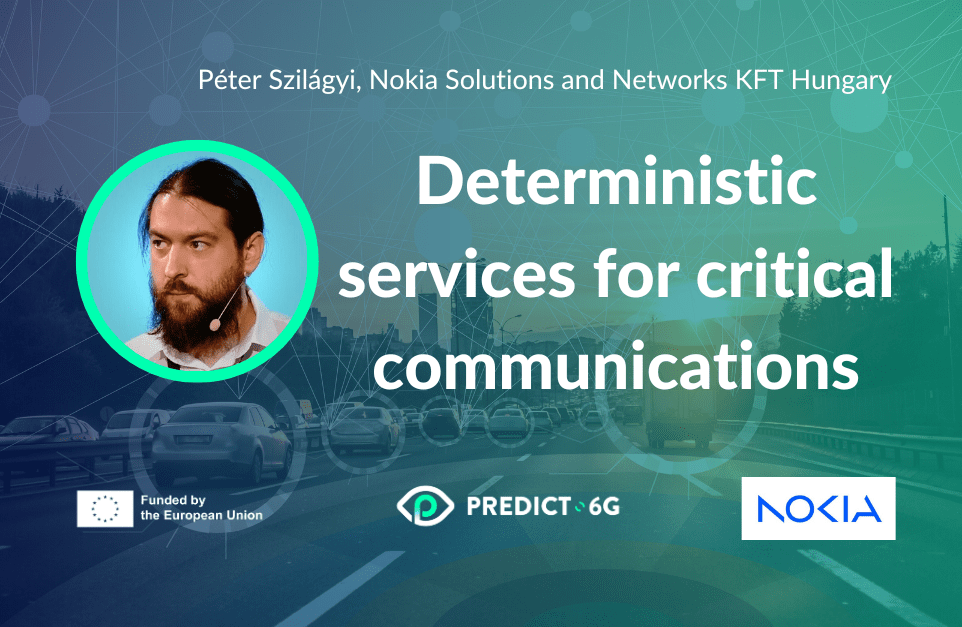By Péter Szilágyi, Technical Manager
A communication may be considered critical if the functional capability, operational capacity, and safety of the communication endpoints and their implemented solution depend on the communication service’s availability, reliability, and performance. In such scenarios, the communication and thus the underlying network play an inseparable role in realizing an end-to-end solution. Example scenarios include cloud robotics; factory automation (e.g., implementing manufacturing or production workflows); AR/VR based interactions (potentially extended with cloud annotations); distributed sensor data collection, analytics, and command & control of physical devices; and many others. In such cases, the operation of the end devices, cloud application and the overall end-to-end solution imposes deterministic requirements on the network and communication service that interconnects them.
Mobile devices such as AGVs, drones, AR/VR headsets or even smartphone-based applications may also engage in collaborative tasks executed in the physical space requiring deterministic service. It requires that the network can provide deterministic communication within a dynamically evolving group, where devices are joining/leaving a group in an ad-hoc manner according to, e.g., the interest of their users, their interaction in the virtual space, their mobility or physical proximity.

Cloud applications may be responsible for the monitoring and control of the devices and serving as rendezvous points to enable cloud-based group communication and data sharing across a large set of distributed devices that share a common task, physical or virtual environment or mission. In all these cases, it is important that the devices and the cloud applications participating in the same collaborative relation stay synchronized concerning their shared application state and thus need to exchange information, data, commands, and contextual information through deterministic and reliable communication services.
The Nokia Open Lab will implement and demonstrate use cases related to the critical communication requirements, which may manifest in concrete scenarios such as real-time sensor data collection and machine control; group communication of multiple devices via a rendezvous point; or camera sharing across multiple devices.
If you want to stay updated about PREDICT-6G, subscribe to our newsletter and follow us on Twitter and LinkedIn!

